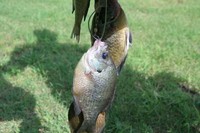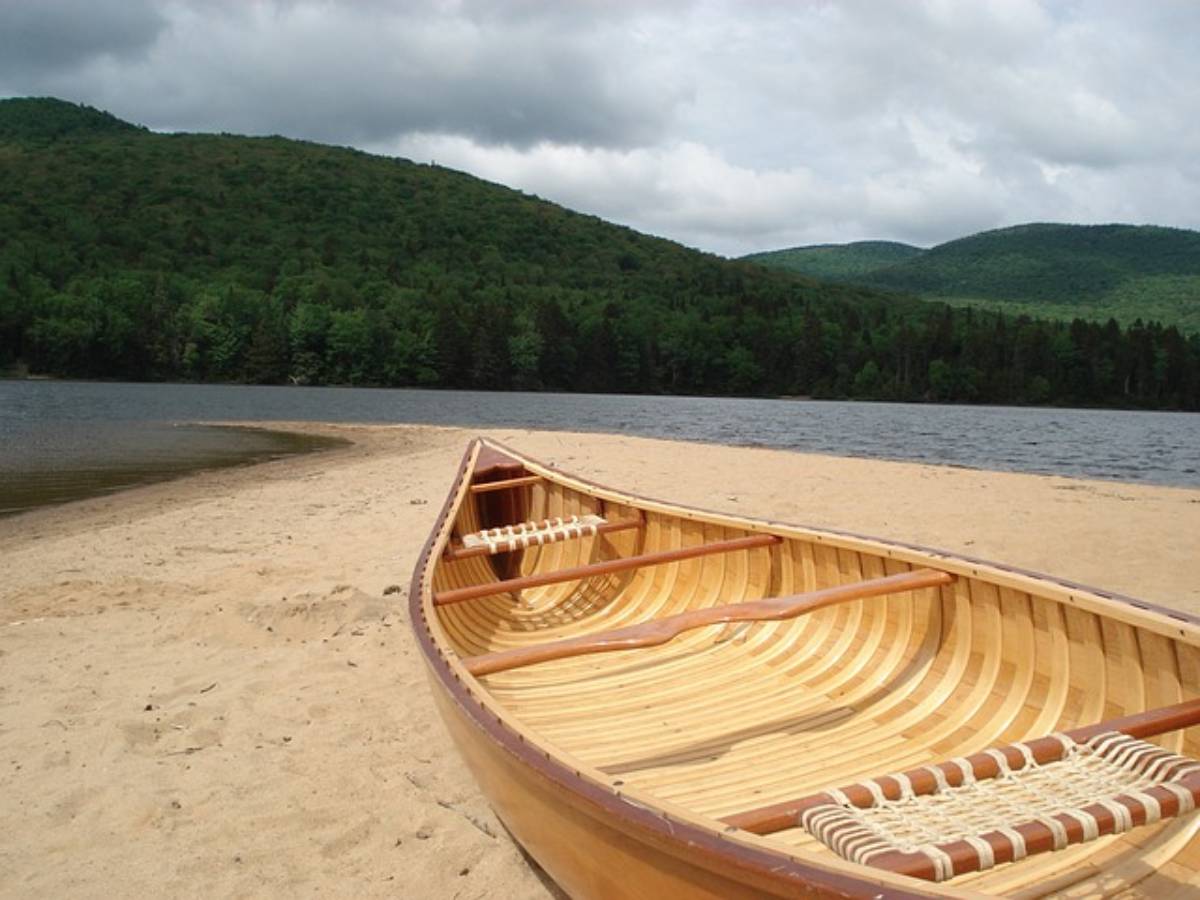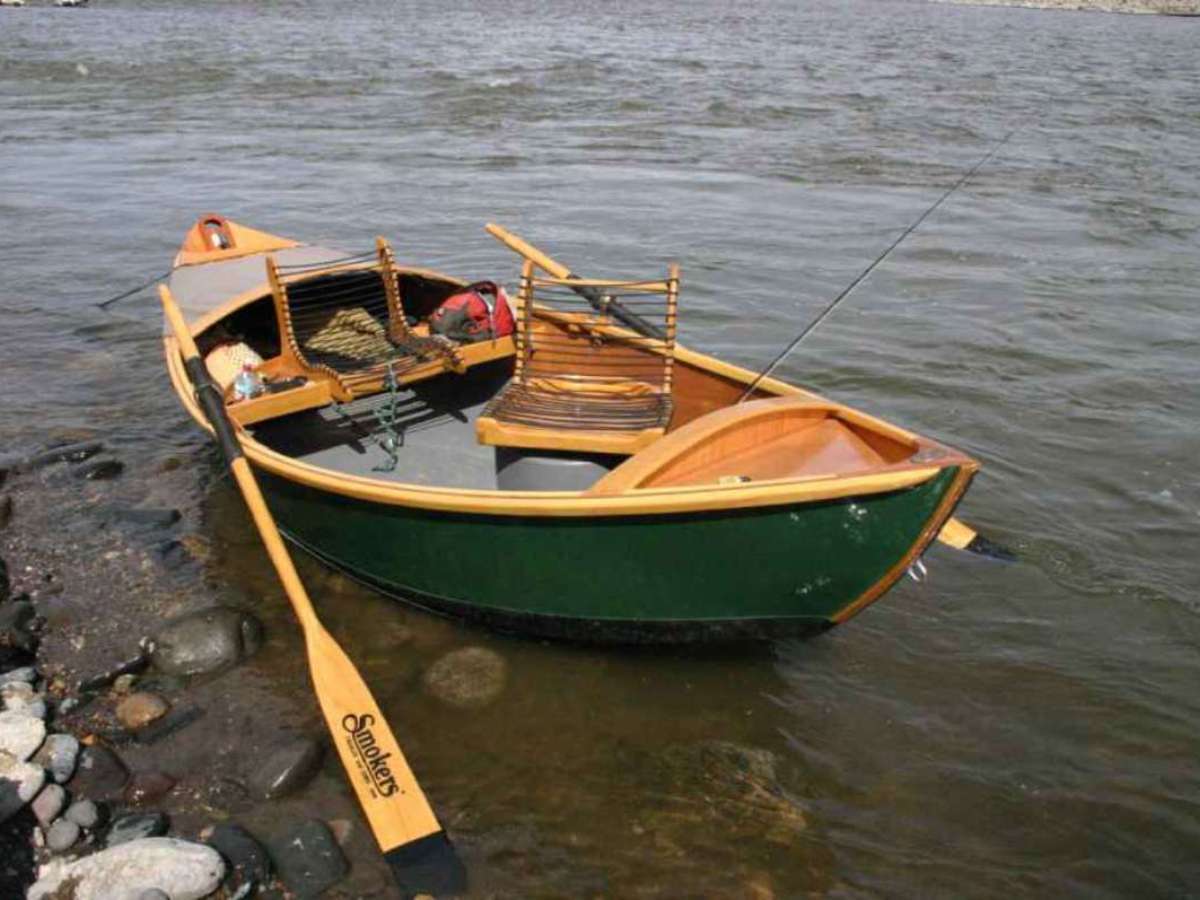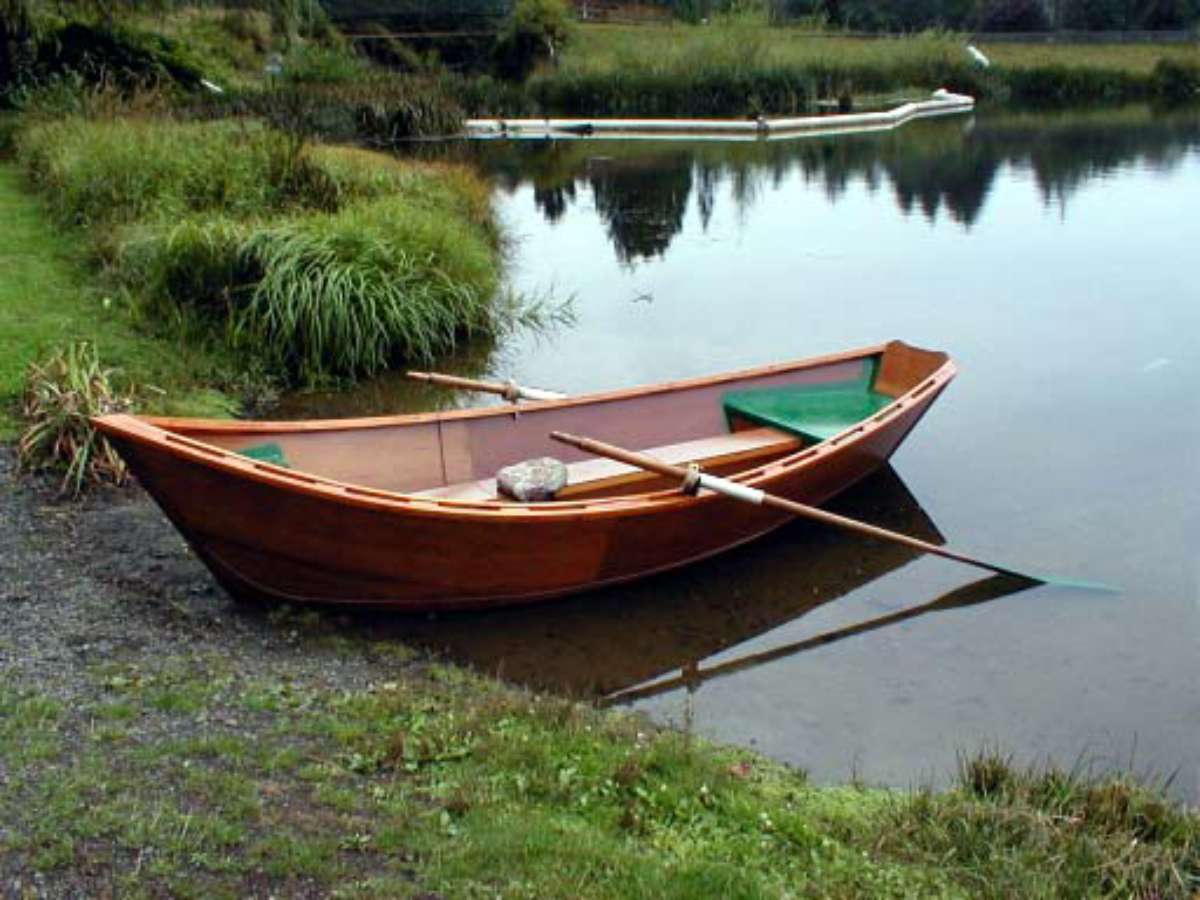 Panfish are small fish that are no longer then the width of a frying pan. Most are members of the sunfish family.
Panfish are small fish that are no longer then the width of a frying pan. Most are members of the sunfish family.
These fish may be found in canals, ponds, rivers, lakes and streams. One or more varieties are found in all of the lower 48 states though they are most common in the Southern states where living conditions are optimal, and they are referred to as "bream".
Individual names for varieties of panfish include: stumpknocker, shellcracker, pumpkinseed, longear sunfish and the more common black crappie, silver crappie, yellow breast, yellow perch or ring perch, sunnies, rock bass, warmouth, green sunfish and bluegills.
Panfish feed on anything from night crawlers to crawfish and grubs to kernels of corn.
A fly fisherman can offer them pretty much anything in his box and have a successful catch. Most fly fishermen prefer to use the small popping bug with rubber legs. It rides the surface and does not hang up as much.
Panfish will also hit the little fly-rod lures, the small spoons and wobblers from any tackle shop. Bigger panfish such as ring perch and crappies will hit large drone-type spoons usually designated as 0 or 00.
If the water is cold and the fish are not hitting well, a flying spinner or soon-type lure, retrieved in slow, even strips, should bring them out.
The crappie is usually a deep-lying fish. The fly used should be allowed to sink anywhere from 2 to 4 feet before starting to retrieve.
Other than that, fly-casting for panfish does not call for any particularly careful presentation. It does call for accuracy as the fly must be dropped in holes in grass beds, pockets along banks, and under tree limbs. This also necessitates a good handling of the retrieve.
How you clean and prepare your fish is as important as your skill at catching them.
You should have a good, sharp filleting knife with a flexible blade, a cutting board and a flat surface to work on.
The first step in cleaning a panfish is to bleed it by cutting its throat. The fish will bleed more easily and maintain a cleaner flavor if this is done while it is still alive. The easiest way is to cut behind the gills across the inverted V section, deeply enough to sever the heart or main artery behind the heart.
Cut out the dorsal fin by running the knife blade nest to the fin and parallel to it, beginning at the front and cutting along the side, then turning the fish over and cutting along the other side until the fin is free.
Cut out the anal fin by running the knife blade across and underneath the fin and perpendicular to the body from back to front.
Cut off the tail next.
Scale the fish by scraping a knife along the skin of the fish from tail to head.
Cut the head off the fish just behind the gill cover and the pectoral fins.
Remove the entrails by slicing open the fish’s belly, beginning from the anal vent and slicing forward to the front. Run your thumb along the body cavity from the rear to the front pushing out all the entrails, including the air sac and the dark matter beneath it.
Wash the fish in clean fresh water.
Now the fish is ready for cooking whole or filleting.
Whole panfish are generally pan-fried. You may rub the fish with margarine or butter and season to taste with salt, pepper or other desirable seasonings. Place the fish in a hot skillet or frying pan. Fish cooks quickly so watch carefully and try to only turn it once to keep it from breaking.
Panfish may also be baked whole. Preheat the oven to 350 degrees. Rub the fish with margarine or butter and season it to taste. Wrap the fish in aluminum foil and back it until tender. Serve with a lemon wedge.
Panfish may also be cut into fillets. Place the fish on a cutting board and cut along one side of the dorsal fin toward the head. Next cut from the posterior portion of the dorsal fin toward the tail, cutting along the backbone. Cut the fillet away from the rib cage. Place the fillet skin side down on the cutting board and cut the flesh away from the skin.
Do the same with the other side of the fish then throw away the fish carcass or simmer it to create a stock for stews, soups or chowders. The head may also be used for this.
Fillets may be pan-fried, baked, broiled, or French-fried. Panfish fillets are often prepared in a batter to prevent them from drying out. This can be as easy as dipping the fillet in mile or beaten egg, then rolling it in breadcrumbs, cracker crumbs, or corn meal.
While fish taste best when caught and eaten fresh, you may occasionally want to freeze some of you catch. Some fishermen think it helps prevent dehydration of the fish if it is frozen without being cleaned or scaled. This may be a harmful practice that could lead to contamination of the flesh. The fish should be cleaned, all entrails and scales removed, and washed in fresh clean water. Next it may be wrapped tightly in freezer paper or placed in special freezer containers. Some fishermen even go so far as to freeze their fish in blocks of ice to retain flavor and moisture.
Frozen fish should be cooked as soon as it is thawed.
Another tasty use for your panfish is to prepare a fish chowder.
For this you will need about 2-½ lbs. Of pan fish fillets, 3 slices of bacon. 6 potatoes chopped into bite size pieces, 2 onions also chopped, 1 sweet pepper and salt and pepper.
Chop the onions and set aside. Chop the bacon and begin to fry it. When it is almost done add the onions and pepper. Fry until done. Then put the bacon and onion mixture into a soup pot. Add the chopped potatoes and the fish. Cover with water, and bring to a slow boil. Stock from boiled fish bones & head may also be used for a richer flavor. Simmer until tender. Add salt and pepper to taste.



